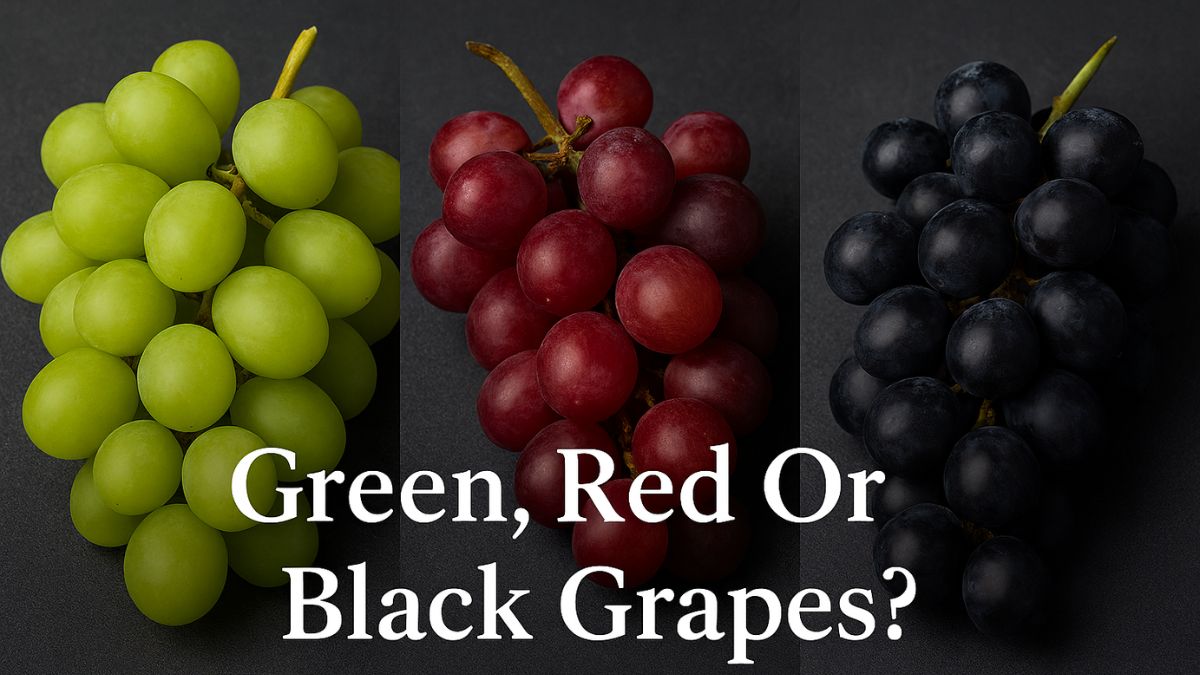Kadhi is a staple for most people in India, a hearty blend of dahi and besan, seasoned with a medley of spices. This dish is the epitome of comfort when served with rice. Furthermore, its reputation as a nutritious and wholesome meal makes it an ideal choice for many. While the roots of kadhi are believed to lie in Rajasthani cuisine, it has secured a special place in every regional thali across the country. However, there's an intriguing twist to this tale - an extensive survey reveals that the dish undergoes variations and updates in every state to suit the local palate. In this article, we will explore a variation from Uttarakhand known as Kumaoni Jholi.
Also Read: Pahadi-Style Cucumber Raita Recipe: The Delicious And Effective Way To Shed Kilos
All You Need To Know About Kumaoni Jholi: What Sets It Apart From Classic Kadhi
1. Difference in Ingredients:
A typical kadhi comprises besan, dahi, and a minimal selection of spices, garnished with coriander or kadhi leaves. On the other hand, jholi boasts a spicier profile and incorporates locally sourced vegetables for an added layer of goodness. While you can always tailor the vegetables according to the season and availability, Kumaoni Jholi often features local spinach.
2. Difference in Texture:
Kadhi typically has a somewhat runny consistency and is a versatile complement to various meals, often substituting for dal. Conversely, jholi is thicker and more substantial, serving as a gravy-based dish that pairs excellently with rice.
Also Read: Pahadi Kebab, Shakuli And More: 5 Pahadi Recipes To Pair With Your Evening Cuppa

Photo Credit: iStock
How To Make Jholi | Kumaoni Kadhi Recipe:
For this particular recipe, we used vegetables available in our store. However, feel free to customize it to your liking. Start by thoroughly whisking together dahi, besan, salt, red chilli, and turmeric until the mixture is smooth, with no lumps.
Next, heat oil or ghee in a pan. We prefer using desi ghee for its added aroma and richness. In the heated oil, sauté the vegetables with some dhania powder and salt. Once done, add the curd-besan mixture and let it simmer. Stir occasionally to prevent lumps from forming. If you find that the kadhi is becoming too thick, we suggest gradually adding dahi water or lukewarm water to achieve your desired consistency.
Once you are satisfied with the texture, prepare a tadka with red chilli, garlic, jeera, and hing. Add this tadka to the kadhi and garnish it with freshly chopped coriander leaves. Serve hot.
For a detailed recipe, click here.
For more unique kadhi recipes, click here.
About Somdatta SahaExplorer- this is what Somdatta likes to call herself. Be it in terms of food, people or places, all she craves for is to know the unknown. A simple aglio olio pasta or daal-chawal and a good movie can make her day.








